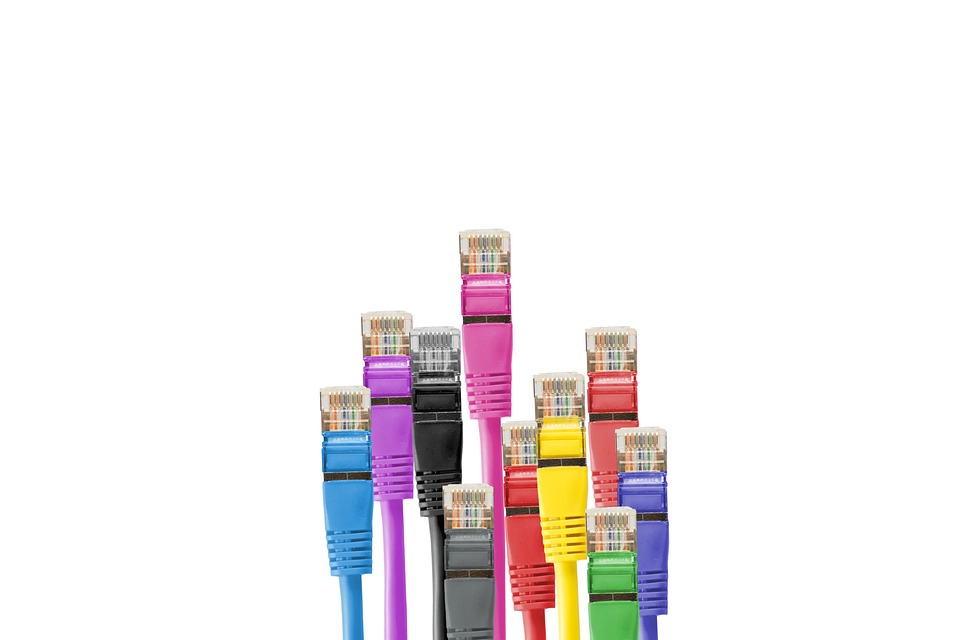Why Tracking Your Google SEO Position Isn’t Optional – It’s Essential
Imagine pouring resources into creating exceptional content, optimizing your site, and building backlinks, but having no idea if it’s actually moving the needle. That’s like sailing without a compass. Tracking your Google search engine ranking positions (SERPs) is the cornerstone of any effective SEO strategy. It provides the hard data you need to understand visibility, measure campaign success, identify opportunities, and outmaneuver competitors. Without it, you’re operating in the dark.
Google’s algorithm is dynamic, with countless factors influencing rankings daily. Regular position tracking transforms this chaos into actionable insights. But with a sea of tools available, how do you choose the right one? Let’s dive into the key features that matter.
Key Features Your SEO Position Tracking Tool MUST Have
Not all rank trackers are created equal. Here’s what truly matters for accurate, actionable data:
- Geographic Targeting Precision: Does it track rankings in specific locations (country, city, ZIP code)? Essential for local SEO and businesses targeting particular markets.
- Device & Platform Segmentation: Are mobile, desktop, and tablet rankings tracked separately? User experience and SERP layouts vary drastically across devices.
- Keyword Volume & Difficulty Integration: Does it show keyword search volume and competition level alongside your ranking? Crucial for prioritizing efforts.
- SERP Feature Tracking: Beyond the classic “10 blue links,” does it identify rankings in Featured Snippets (Position 0), Local Packs, Knowledge Panels, Image Packs, Videos, or Shopping results?
- Competitor Benchmarking: Can you track your position alongside key competitors for the same keywords? Understanding relative performance is vital.
- Historical Trends & Integrations: Does it store historical data to visualize progress (or decline) over time? Does it integrate with Google Analytics, Google Search Console (GSC), or other SEO platforms?
- Accuracy & Verification: How reliable is the data? Reputable tools use methods to counteract personalization and provide verified rankings. Beware of tools relying solely on local IP checks.
- Reporting Clarity: Can it generate clear, customizable reports for stakeholders? Dashboards should be intuitive, highlighting KPIs efficiently.
The Top Contenders: Tools That Deliver Accurate Results
Based on reliability, feature depth, and industry reputation, these tools stand out:
-
SEMrush Position Tracking:
- Strengths: Exceptionally deep feature set within an all-in-one SEO platform. Excellent competitor tracking (can monitor unlimited competitors per project), local, mobile & desktop tracking, detailed SERP feature analysis (snippet types, ads), robust historical data, seamless integration with SEMrush’s keyword research and backlink tools. Visualizes trends effectively.
- Considerations: The comprehensive nature comes with a steeper learning curve and cost. Better suited for agencies and serious SEO professionals.
- Best For: Agencies, mid-large businesses, SEO professionals needing integrated competitor intelligence.
-
Ahrefs Rank Tracker:
- Strengths: Renowned for vast keyword database accuracy and backlink data. Offers geographic targeting, device segmentation, competitor monitoring, click-through rate (CTR) projections based on rank, and tracks SERP features well. Known for reliable, non-personalized data checks. Clean, data-focused interface.
- Considerations: Primarily focused on organic rankings; might require pairing with other tools for broader campaign perspective or local-centric features.
- Best For: SEOs prioritizing keyword database accuracy, link analysts, content marketers needing deep SERP insights.
-
Serpstat:
- Strengths: Provides significant value, combining rank tracking with keyword research, site audits, and competitor analysis at a competitive price point. Strong competitor tracking, local & device targeting, tracks SERP features, includes rank distribution graphs.
- Considerations: Interface can feel a bit dense initially. Database breadth might be slightly narrower than SEMrush/Ahrefs in some niches.
- Best For: Small to medium businesses, budget-conscious marketers needing all-in-one functionality.
-
AgencyAnalytics:
- Strengths: Primarily focuses on reporting and client dashboard management. Centralizes rank tracking data (using actual robots for verification) with data from GA4, GSC, social, PPC—all into customizable client dashboards. Great white-labeling.
- Considerations: Its core is reporting; advanced SEO research features are less robust than standalone rank trackers.
- Best For: SEO/Marketing agencies managing multiple clients, businesses seeking consolidated performance dashboards.
-
AccuRanker:
- Strengths: Laser-focused solely on fast and accurate rank tracking. Emphasizes speed and precision with frequent checks (even hourly). Provides very granular location and device targeting. Clean, user-friendly interface focused purely on rankings and trends.
- Considerations: Lacks the broader SEO features of integrated platforms. Primarily a tracking tool.
- Best For: Users needing hyper-accurate, near real-time rank data without extra fluff.
-
Google Search Console (GSC):
- Strengths: Free data directly from Google! Provides average position data for your site for tracked search queries (showing position within top/non-top status or top 10). Shows impressions, clicks, CTR. Integrates keywords with page performance.
- Considerations: Data sampling/delay of ~2 days. Shows average position, not daily rankings. Doesn’t track competitors. Lacks device/location granularity easily (requires segmenting). Not a standalone rank tracker but essential supplemental data.
- Best For: Every single website owner. Use it as a free base alongside dedicated rank tracking tools.
Honorable Mentions: SE Ranking (balanced feature/value), Moz Pro (good historical trend tracking, established SEO suite).
Beyond Tracking: Turning Data into Ranking Wins
Tracking is only step one. Here’s how to leverage that data strategically:
- Identify Keyword Opportunities: Spot keywords on page 2 or high page 3 (positions 11-20). Optimize existing content targeting these (“low-hanging fruit”) to push them onto page 1 for significant traffic gains.
- Diagnose Drops: Analyze drops holistically. Did algorithm changes hit your niche? Did a competitor surge? Did technical issues arise? Use rank correlations with other tool metrics (traffic in GA4, errors in GSC).
- Optimize for Features: If you rank on page 1 but not for a featured snippet/other SERP feature, tweak content (e.g., concise answers, lists, tables) specifically target that snippet box.
- Refine Content Strategy: See which topics/keyword groups are climbing? Double down. Keywords stagnating? Re-evaluate content relevance, depth, and user intent alignment.
- Benchmark Against Competitors: Understand not just your position, but why a competitor ranks higher. Analyze their backlinks, on-page optimization, and content. Replicate their successes strategically rather than plagiarizing.
- Measure Campaign ROI: Tie ranking improvements (especially for priority keywords) to traffic and conversion uplifts in Google Analytics. Demonstrate the tangible value of SEO efforts.
The Unbeatable Advantage: Knowledge
In the constantly evolving battlefield of Google’s SERPs, ignorance is your biggest enemy. Consistent and accurate tracking of your keyword positions empowers data-driven decision-making. It transforms SEO from a guessing game into a measurable science. While tools like SEMrush, Ahrefs, and Serpstat provide powerful arsenals for deep dives and competitive warfare, even steadfastly using Google Search Console offers crucial baseline intelligence. Choose the tool(s) aligning with your scale and budget, but choose something. Implement disciplined tracking, analyze trends diligently, and let concrete rankings data – not hunches – guide your optimisation path upwards. Your position on the first page awaits.
Google SEO Position Tracking FAQs
Q1: How often should I check my Google rankings?
A: For most active campaigns, checking rankings 1-2 times per week is sufficient to spot trends. Tools like SEMrush and AccuRanker automate daily or hourly tracking. Constant manual checking isn’t productive – focus on trend analysis over time.
Q2: Why do rankings fluctuate so much?
A: Google tests layouts and personalizes results. Daily small fluctuations are normal. Significant or sustained drops signal a need for investigation (algorithm update, competitor activity, site issues).
Q3: Can I rely only on Google Search Console for rank tracking?
A: GSC is vital but has limitations (averages, delays, limited segmentation). Use it alongside a dedicated rank tracker for granular competitor insights, real-time accuracy, and detailed device/location data. They supplement each other.
Q4: Should I track thousands of keywords?
A: Quality trumps quantity. Prioritize tracking keywords crucial to your business goals: high-intent terms, core product/service phrases, and conversion drivers. Start with 50-100 key terms and expand thoughtfully.
Q5: My tool shows a different ranking than what I see manually. Why?
A: Personalization! Your search history, location (IP), device, and login status heavily influence what you see. Professional tools use anonymized proxies or data centers to provide non-personalized results reflecting the “standard” SERP. Trust the tool if properly configured.
Q6: How important is tracking mobile vs. desktop rankings?
A: Critically important. Mobile-first indexing is standard. SERPs differ significantly (e.g., local packs prominence on mobile). Many users primarily search on phones. Track both to ensure cross-device visibility and optimize experiences accordingly.
Q7: Can rank tracking help with local SEO?
A: Absolutely. Use tools offering precise local targeting (city, ZIP) like Ahrefs, SEMrush, and AccuRanker. Track rankings specific to your service areas and keywords with local intent (“near me,” city+service). Monitor your GBP (Google Business Profile) rankings too.







